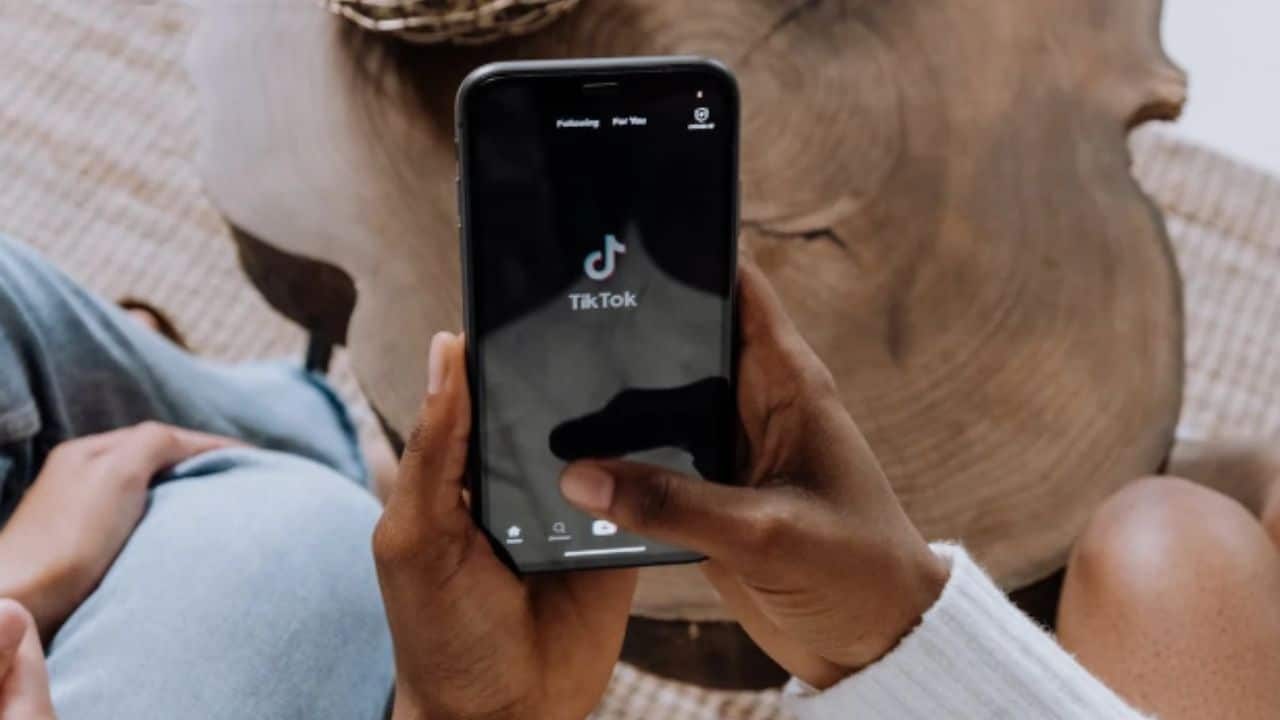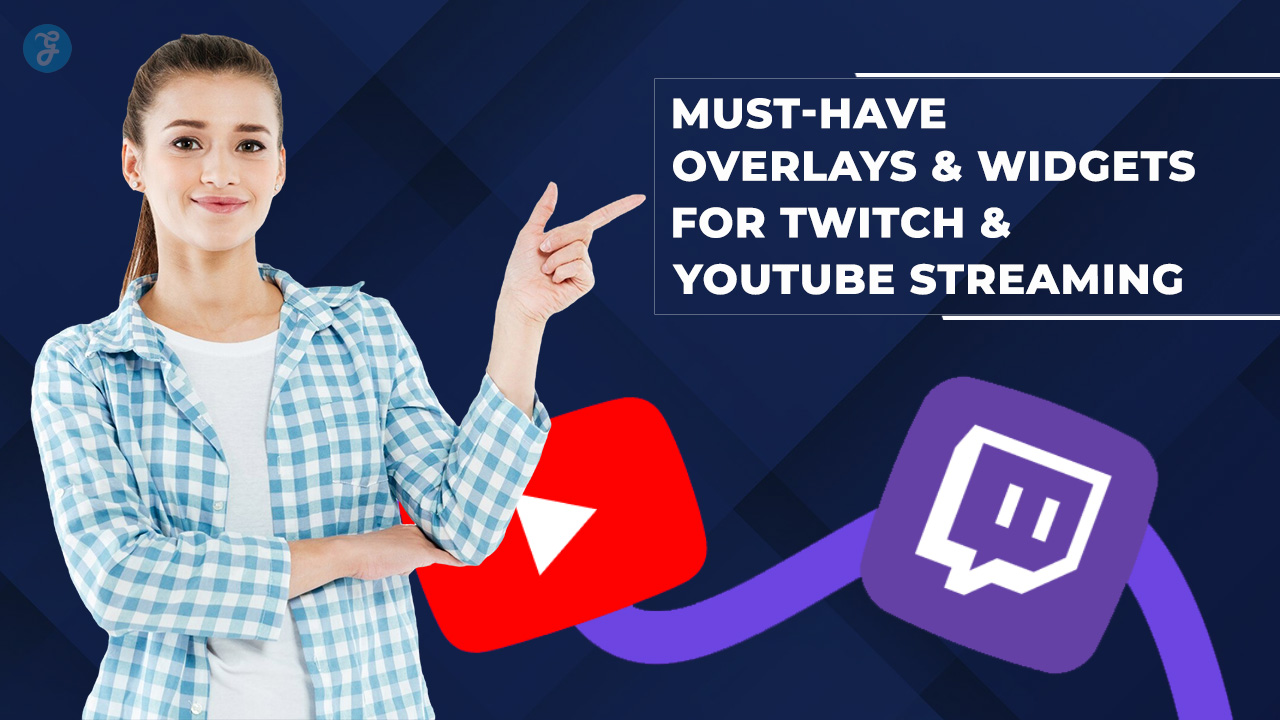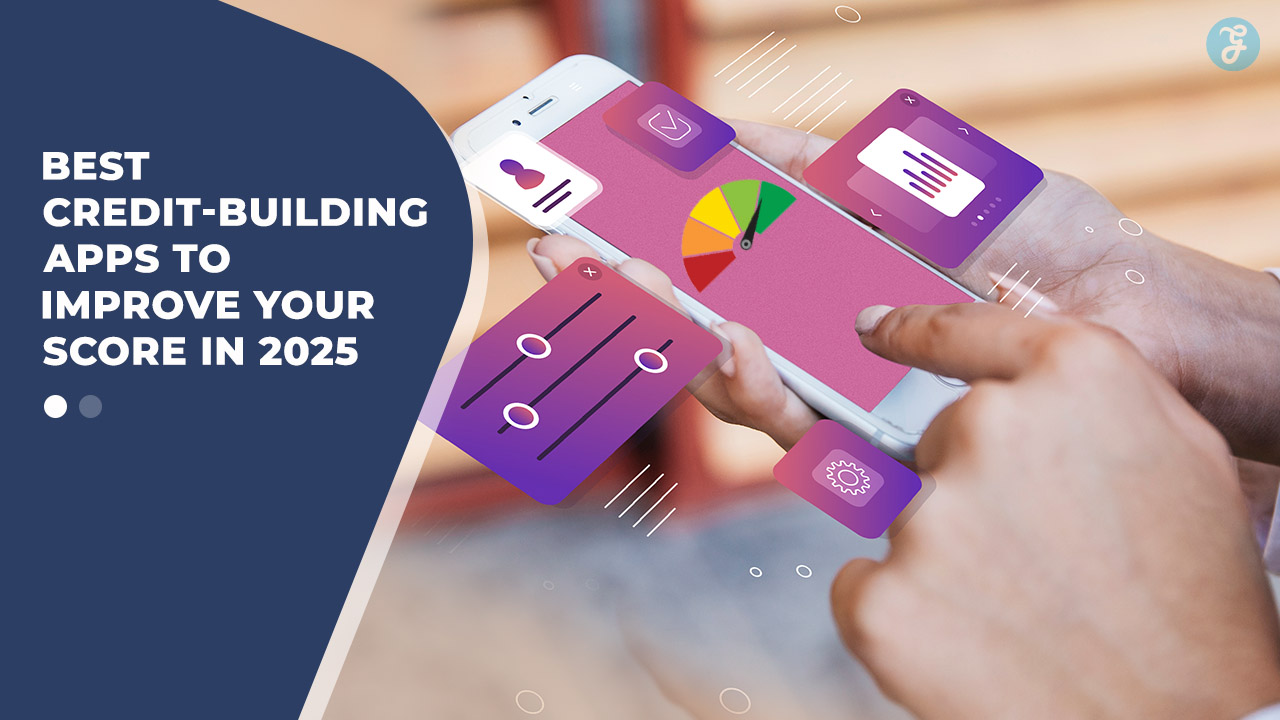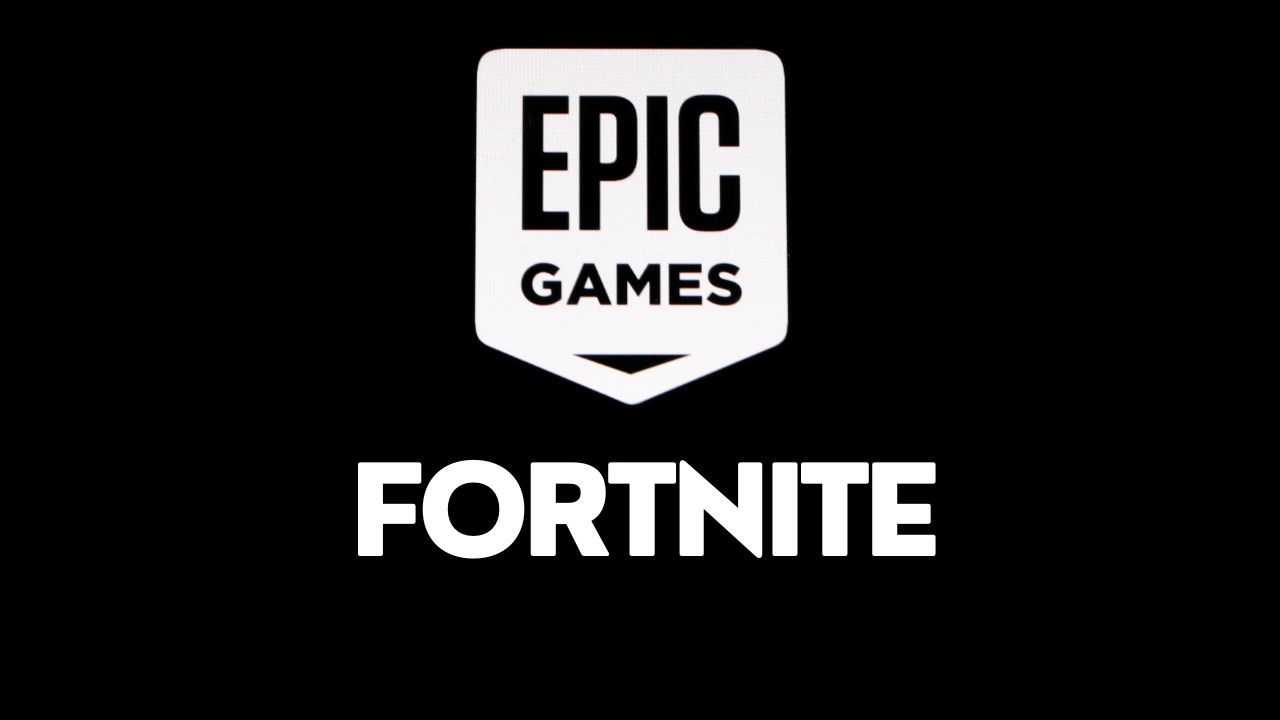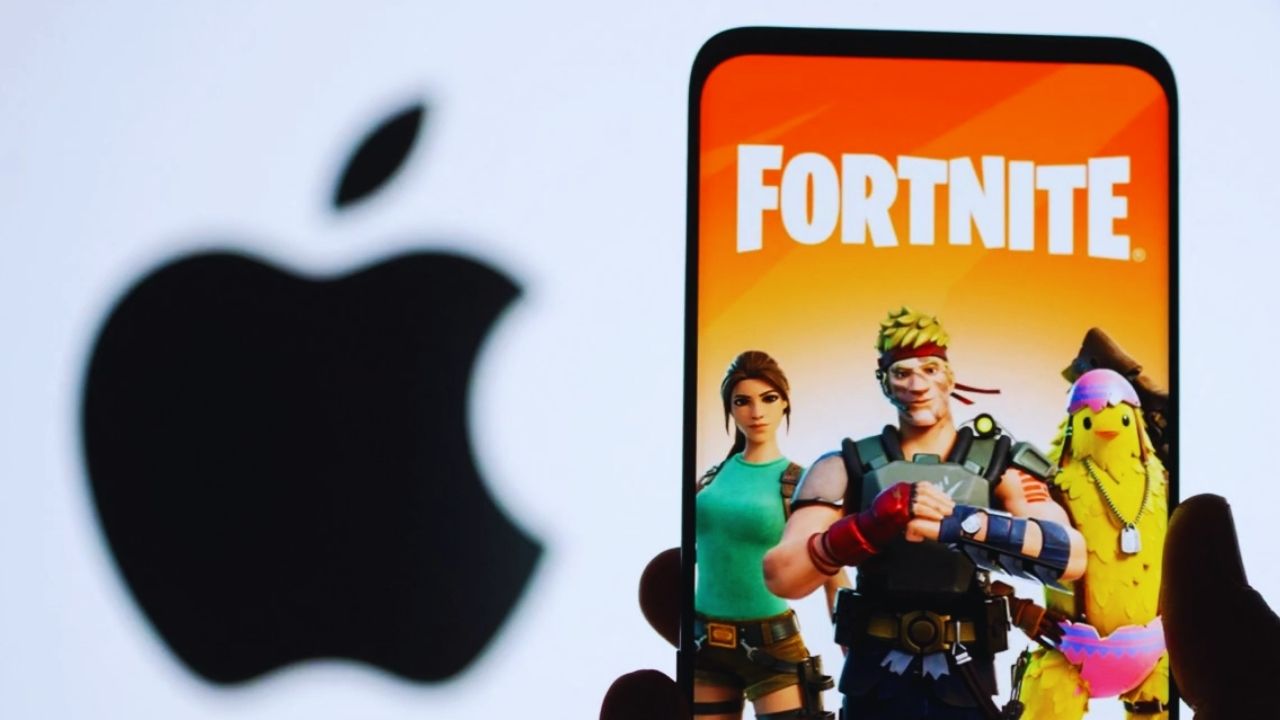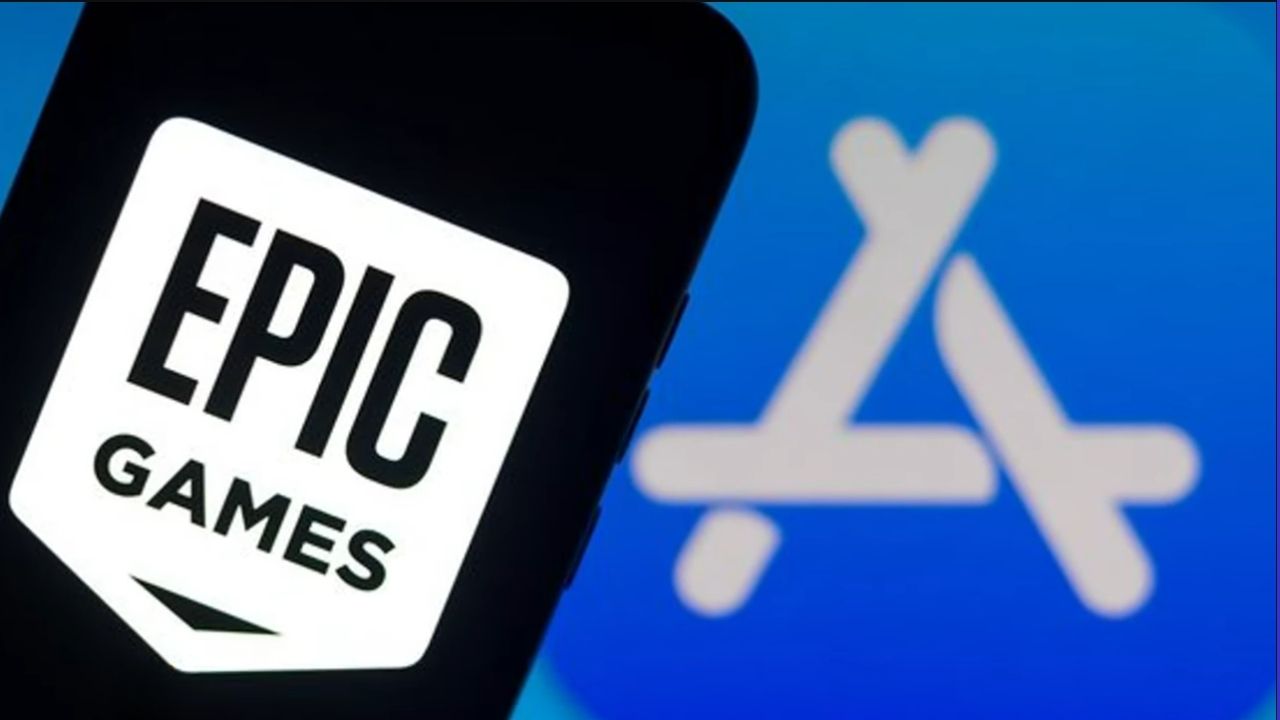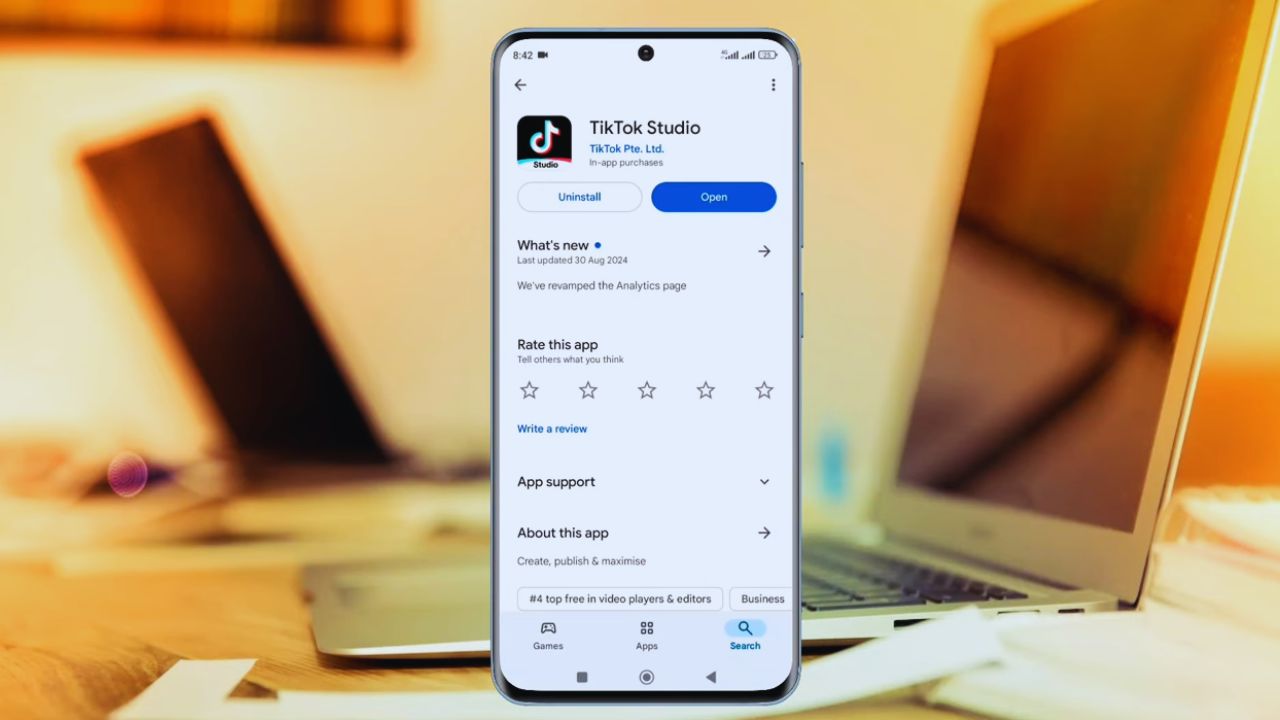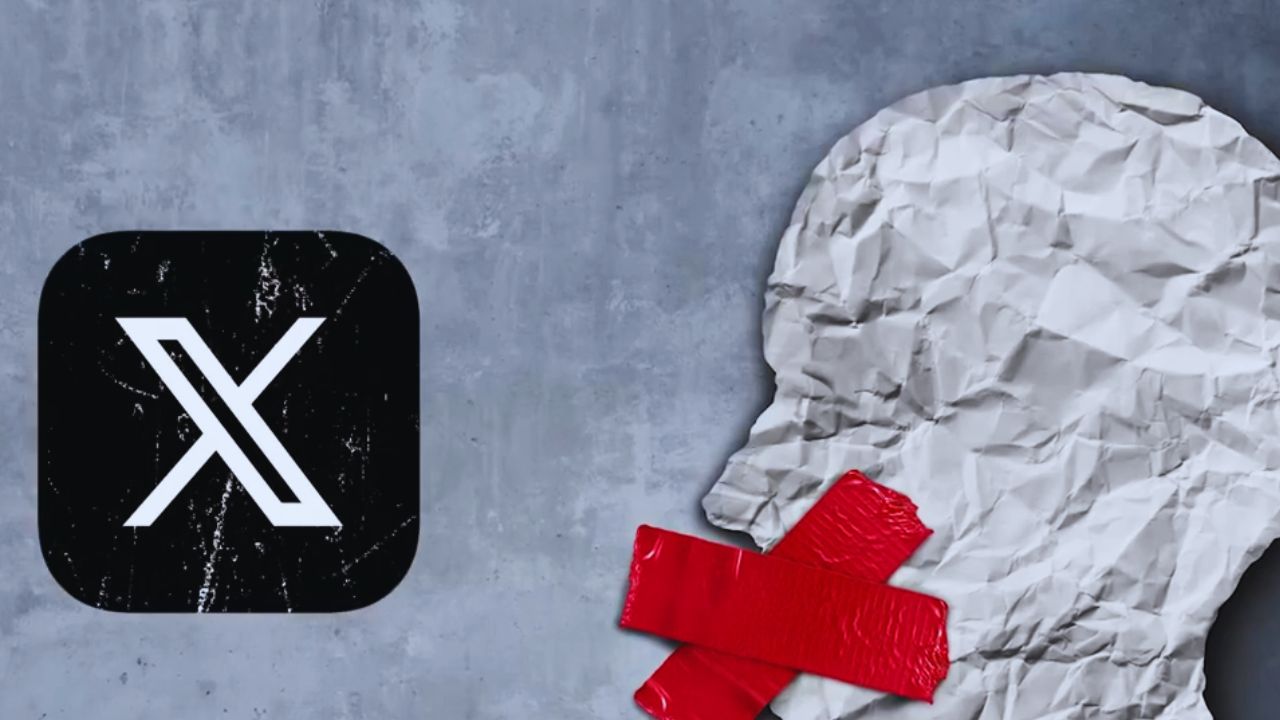TikTok recorded approximately 102.3 million users in the United States in 2023. This year, the number is expected to grow to 107.8 million and will likely increase in the subsequent years.
With its rapidly enlarging user base, TikTok has become a platform where creators of all types can build an audience and sustain businesses through live streams, brand deals, paid partnerships, revenue sharing, and promotions.
However, a ban would jeopardize these benefits. On April 24, 2024, President Biden signed a bill that could ban TikTok nationwide, signaling a significant threat to brands, creators, and U.S. companies’ operations.
The reason for this ban is to eliminate the possibility of data and security compromises in the U.S.
But there’s more to the law. Why should you understand it, and how can you better prepare once the nationwide ban takes effect?
What does the law say?
H.R. 7521, or the Protecting Americans from Foreign Adversary Controlled Applications Act, aims to protect Americans by preventing foreign adversaries, such as China, from manipulating, surveilling, and targeting U.S. citizens through digital applications like TikTok.
This law requires Beijing-based ByteDance to divest from TikTok. If the company fails to sell its shares within nine months, app stores will be penalized for distributing or updating TikTok. Internet hosting services will also be prohibited from helping to distribute or maintain the app.
The deadline for the sale is January 19, 2025. However, Biden could extend it for 90 days if he determines that TikTok has progressed toward a sale.
Hypothetically, U.S. TikTok users will be cut off by mid-January. But that is still an “if” as TikTok prepares for the legal battle to stop the ban.
The Potential Impact on Content Creators and Marketers
Oversaturation on other platforms
Many creators have built massive businesses and communities on TikTok. Because of this, a potential ban would have a ripple effect beyond the U.S.
This ripple effect would be content oversaturation, which can impact your brand regardless of where you’re based.
Creators and marketers would likely massively rush to other platforms like Instagram and YouTube. This influx of platform migration can dramatically intensify the competition, flooding the apps with more brands and content.
Audience engagement shift
TikTok’s popularity among the younger demographics means a ban could alter how audiences engage and interact with content.
This alteration may disrupt content distribution and influencer collaborations. Brands invested in TikTok may need to partner with influencers on other platforms.
Meanwhile, content creators may need to distribute their content on other channels to maintain visibility.
How Should Creators and Marketers Prepare
These are the steps brands and creators should take to prepare for a nationwide TikTok ban:
Exploring alternative channels
“Don’t put all your eggs in one basket.”
Although cliché, this saying is essential to prepare for the TikTok ban. You must explore alternative channels with similar features and demographics.
Channels like Instagram Reels, Snapchat Spotlight, and YouTube Shorts offer brands opportunities to reach their target audience through short-form videos.
The unique advantages of these platforms include:
- Instagram Reels – Allows seamless integration with the existing Instagram ecosystem, making it easier to engage with your current followers and leverage the channel’s broad ad network
- Snapchat Spotlight – Provides creative tools that encourage younger demographics to create spontaneous and highly engaging content
- YouTube Shorts – Capitalizes on YouTube’s extensive global reach and search capabilities, offering a platform for potential virality and discoverability
Investing in emerging platforms
Staying ahead of the social media curve involves keeping tabs on emerging channels with promising growth.
These emerging platforms let you experiment with new formats, test different content strategies, and engage with early adopters to determine what resonates with the audience.
Consider dedicating some of your marketing resources to leverage these opportunities. This could include allocating platform-specific ad campaigns and collaborating with niche influencers.
For example, investing in Twitch might be a lucrative marketing effort because it offers highly engaged communities. Although it primarily caters to gaming communities, it’s expanding to accommodate various niches, potentially unlocking new customer segments and growth opportunities.
Threads is another emerging platform you should observe. The platform’s current priority is to build consumer value first, so it has no ads or monetization features yet. Consider experimenting in this channel to see what organic social strategies make sense for your business.
Diversifying social media strategies
If you rely on TikTok, it can be challenging to establish a customer base on other platforms.
Thus, reducing reliance on a single channel can safeguard your marketing efforts against potential disruptions.
“Content creators would need to adapt quickly and diversify their presence across multiple platforms in order to maintain reach and income,” said Murad Mordukhay, founder and CEO of Qencode, a cloud video services provider.
“Creators might also want to focus on building their off-platform brand through video websites and applications, merchandise, and direct-to-consumer models while innovating content delivery to enhance audience engagement.”
Diversify your social media strategies to expand your presence across multiple platforms, such as Facebook, X (formerly Twitter), LinkedIn, Instagram, and Pinterest.
Beyond expanding to these platforms, tailoring your content to suit their audience profiles and functionalities is crucial.
For example, X is ideal for hosting discussions, engaging in conversations, and providing quick updates. In contrast, LinkedIn content should be more informative and professional, focusing on industry news and career-related content.
Implementing these channel-specific strategies helps you establish a resilient brand that can adapt to unexpected shifts in social media trends and user preferences.
Leveraging user-generated content on other platforms
User-generated content, or UGC, can help you maintain authenticity beyond TikTok.
This type of content encourages your audience to create and share brand-related content through challenges and contests. It incentivizes participation and helps keep your brand on top of customers’ and prospects’ minds.
Optimizing your UGC delivery with an advanced content distribution platform that delivers high-speed videos, high-quality live streams, and content protection allows you to scale your video marketing for global audiences.
The Potential Impact on the Tech Industry
TikTok has emerged as a competitor in the tech industry, particularly in e-commerce, by launching a shopping tab last September.
Although TikTok is still a minor player in online retail, it has caught the eye of some tech stock analysts.
Therefore, TikTok’s reorganization can be positive for shares of large-scale U.S.-based advertising platforms like Amazon and Meta.
Mordukhay says, “The tech industry could see established players and new entrants battling to capture TikTok’s displaced user base. Platforms will likely increase their investments in AI (for both content creation and recommendation algorithms) and focus on niche content to boost engagement. Many new platforms catering to specific demographics or interests will likely emerge.”
However, many tech companies are still monitoring the situation carefully, as they are concerned about a critical ripple effect on U.S.-China relations.
For Now, Watch, Wait, and Prepare
Vigilance and readiness are imperative as we navigate the uncertain waters of a potential TikTok ban. Brands, content creators, and tech companies must keep tabs on developments to ensure they are informed and agile.
Change is constant in the digital economy, and the best strategies for now are diversification and investing in emerging platforms. This way, rebuilding won’t be as challenging once the landscape significantly shifts.


